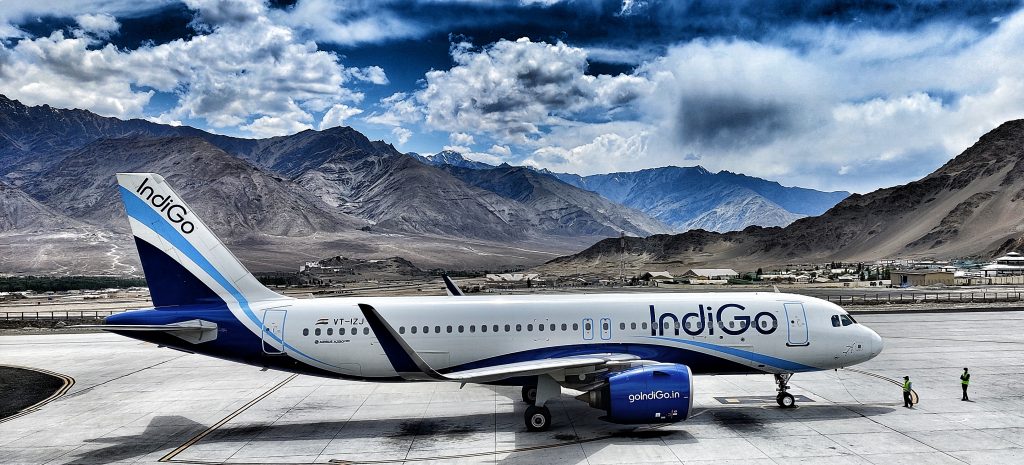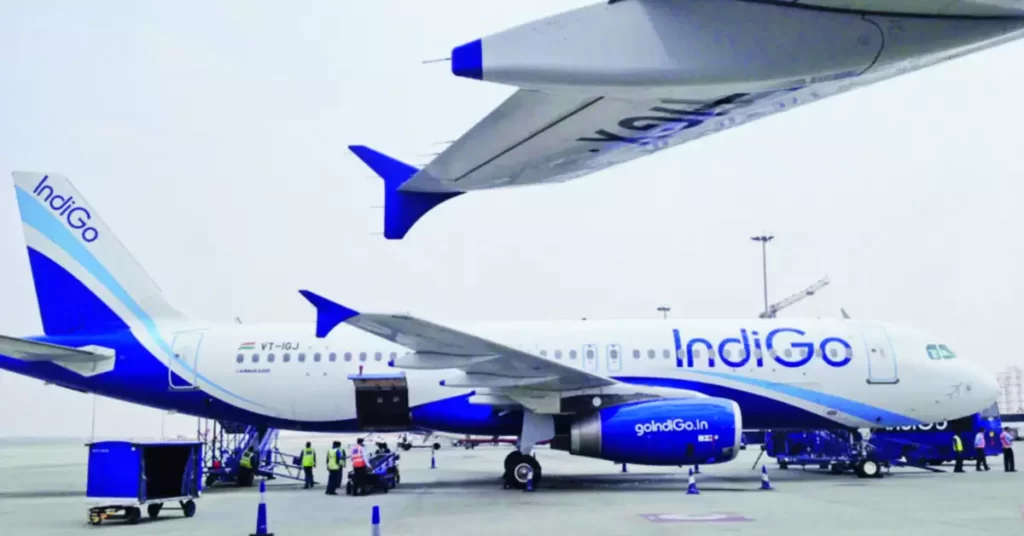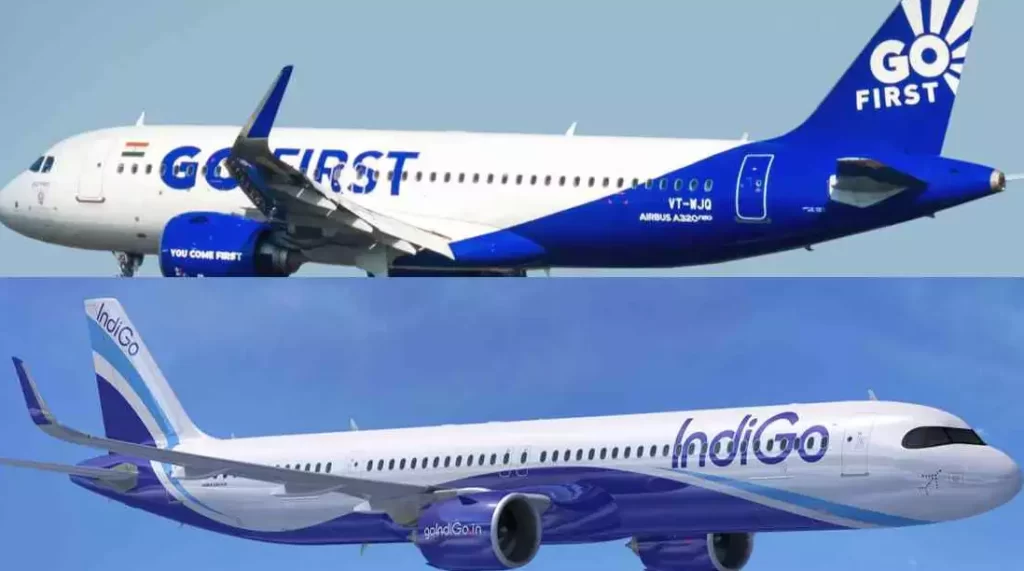According to officials, more than 50 IndiGo and Go First aircraft remain grounded as a result of Pratt & Whitney engine issues and ongoing supply chain challenges, requiring airlines to investigate wet leasing of aircraft and other measures to reduce disruptions.
IndiGo, the largest airline in the nation, is considering several possibilities, including slowing down redeliveries through lease extensions, investigating the possibility of reintroducing aircraft into the fleet, and assessing the wet lease options within the confines of applicable regulations.
Senior civil aviation ministry officials
The problems with the Pratt & Whitney (P&W) engines have existed for quite some time, notwithstanding the continued problems with the world’s supply chains, particularly in the wake of the ongoing conflict between Russia and Ukraine.
Senior civil aviation ministry officials also discussed methods to address the supply problem with the engine manufacturer a few months ago.
IndiGo and Go First
At least 25 aircraft from IndiGo and Go First are each grounded due to P&W engine issues, according to a senior government official who spoke to PTI. The engine manufacturer is unable to guarantee timely deliveries due to supply chain disruptions, which has caused P&W to be unable to guarantee timely deliveries.

On February 26, however, 39 IndiGo aircraft, including 28 A320 neo and 11 A321 planes, were grounded, according to the flight tracking website flightradar24.Com.
In light of the ongoing engine issues, a senior official at one of the budget airlines informed PTI that the company has also considered switching the engine supplier for its upcoming order to resolve the P&W engines’ ongoing issues.
Pratt and Whitney
A Pratt & Whitney spokesperson responded that it anticipates the “pressures to begin to ease later this year” when questioned about the grounding of at least 50 planes from the two carriers and the measures taken to address the problems. However, the spokesperson omitted to mention the precise number of impacted aircraft.
“Like many others in the sector, we are facing issues with the global supply chain that are limiting the supply of structural castings and other parts. To address these issues, we are developing mitigation strategies with our supply base and increasing the capacity of our MRO (Maintenance, Repair, and Overhaul) network.
The representative stated that “we are simultaneously conducting modifications to increase engine time on the wing.”
P&W and CFM are two of IndiGo’s engine suppliers, and the airline has more than 300 aircraft in its fleet, compared to Go First’s 61 aircraft and just P&W.
According to a representative for IndiGo, the airline is actively working with its Original Equipment Manufacturer (OEM) partners to develop mitigation strategies that should ensure the network and operations are not disrupted.
“While at a slower rate than necessary, we continue to get new aircraft and a supply of updated engines. Slowing down redeliveries through lease extensions, looking into reintroducing aircraft into the fleet, and assessing wet lease options within the regulatory framework are a few of the other steps being considered “a spokeswoman stated.
IndiGo CEO Pieter Elbers
IndiGo CEO Pieter Elbers claimed in an interview with PTI earlier this month that the situation about AOG is essentially steady (Aircraft On Ground).

“We have managed to stabilize the problem with the supply chain, and we are in communication with our suppliers to get good assistance in handling it. The leases have been extended, and we hold the wet lease.
“We expect growth of 17% for the current fiscal year, which ends in March; but, we’ll likely reach the upper end of that estimate. The magnitude and ambition of IndiGo are indicated by that number, he had remarked.
Also, read
- Indigo Has Nearly 500 Planes On Order, With Plans To Add 10-15 New Destinations By 2023: CEO
- An engine failure forced a Thai Smile flight to make a hard landing in Phuket.
- DGCA asks Air India to repair aircraft after passenger complains of shabby interiors
Queries sent to Go First remained unanswered
Out of the 61 planes in the fleet at the moment, according to a source at the no-frills carrier, 25 are grounded. The insider further said that the airline anticipates receiving deliveries of 17 P&W engines and three aircraft in March.
Air India, a company owned by the Tata Group, signed an order with Airbus and Boeing earlier this month for 470 aircraft. Nevertheless, P&W has not been chosen to provide engines for any of these aircraft; instead, GE Aerospace, CFM, and Rolls Royce are to provide the engines.
The spokeswoman for IndiGo, which runs over 1,800 flights each day, said that while the supply chain problems are a challenge, they haven’t prevented the company’s expansion. We have high hopes for the market and intend to keep adding flights in both existing and new regions.

According to aviation consulting firm CAPA, there have been several incidents in recent months of aircraft deliveries being postponed even though the airframe was prepared but the engines were not accessible because of supply chain concerns. A report from the organization stated that “the occurrence of such cases is likely to lessen by the end of FY2024.”
The third-largest civil aviation industry in the world and the fastest-growing market is India, where domestic air traffic is experiencing a strong comeback. The P&W representative declared that India was a crucial market for them and that they were still looking for prospects there.
Thank you
Stay updated with Aviationa2z.com

